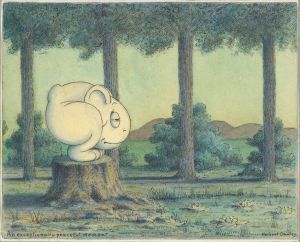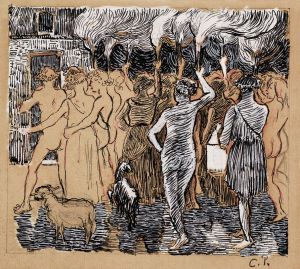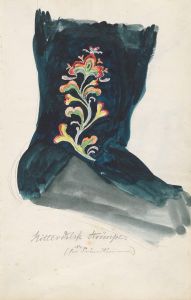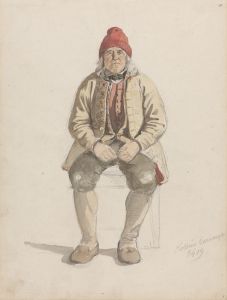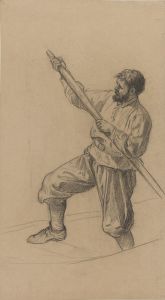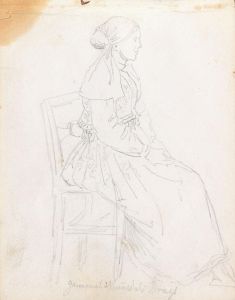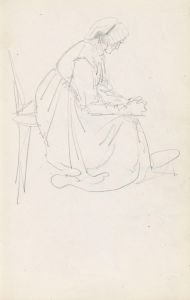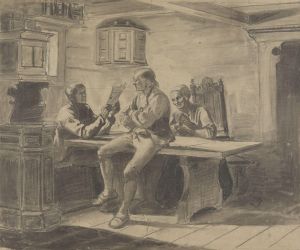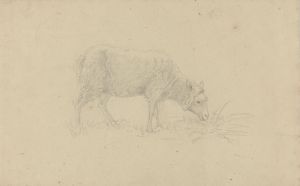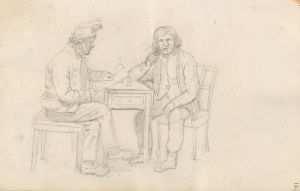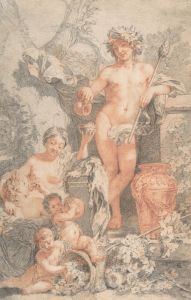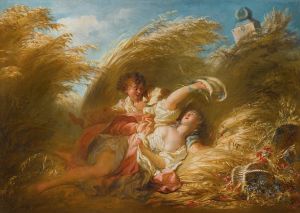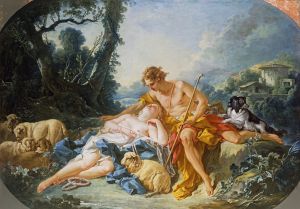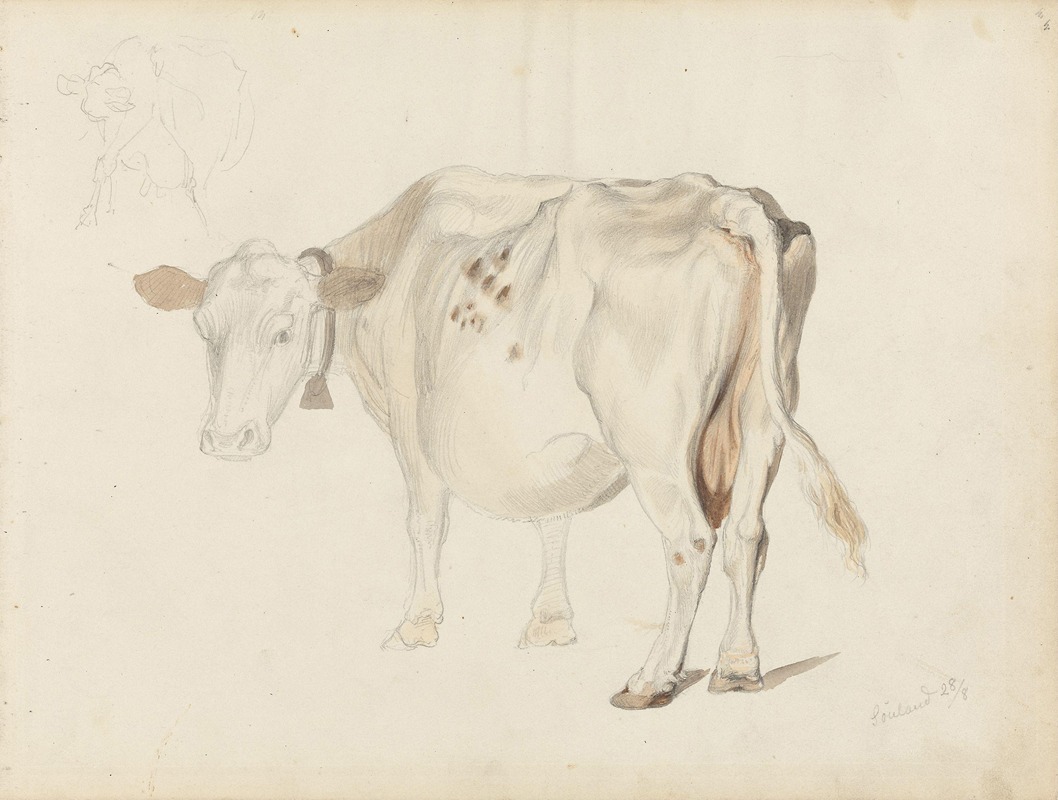
Bjelleku, Sauland
A hand-painted replica of Adolph Tidemand’s masterpiece Bjelleku, Sauland, meticulously crafted by professional artists to capture the true essence of the original. Each piece is created with museum-quality canvas and rare mineral pigments, carefully painted by experienced artists with delicate brushstrokes and rich, layered colors to perfectly recreate the texture of the original artwork. Unlike machine-printed reproductions, this hand-painted version brings the painting to life, infused with the artist’s emotions and skill in every stroke. Whether for personal collection or home decoration, it instantly elevates the artistic atmosphere of any space.
Adolph Tidemand was a prominent Norwegian painter in the 19th century, known for his detailed and evocative depictions of Norwegian folk life and traditions. One of his works, "Bjelleku, Sauland," is a testament to his skill in capturing the essence of rural Norway during this period. While specific details about this particular painting are limited, it is consistent with Tidemand's broader body of work, which often focused on the everyday lives of Norwegian people and the landscapes they inhabited.
Tidemand was born in 1814 in Mandal, Norway, and he studied art in Copenhagen and later in Düsseldorf, where he became associated with the Düsseldorf school of painting. This movement was characterized by its attention to detail, use of color, and focus on narrative scenes, which Tidemand adeptly incorporated into his own style. His works often depicted scenes from Norwegian history, folklore, and rural life, capturing the cultural essence of Norway during a time of national romanticism.
"Bjelleku, Sauland" likely reflects Tidemand's interest in rural themes and his ability to portray them with authenticity and respect. The title suggests a focus on a cow ("bjelleku" translates to "bell cow") in Sauland, a village in the Telemark region of Norway. This region is known for its rich cultural heritage and picturesque landscapes, which have inspired many artists and writers. The inclusion of a bell cow in the painting might indicate a scene of pastoral life, a common subject in Tidemand's oeuvre, where he often illustrated the harmonious relationship between humans and nature.
Tidemand's paintings are celebrated for their ethnographic accuracy and artistic quality. He frequently traveled throughout Norway, sketching and gathering material for his works. His keen observation skills allowed him to depict traditional costumes, architecture, and customs with great precision. This dedication to authenticity helped preserve Norwegian cultural heritage and contributed to a growing sense of national identity during the 19th century.
While "Bjelleku, Sauland" may not be as widely recognized as some of Tidemand's other works, such as "The Bridal Procession on the Hardangerfjord" or "Haugianerne," it nonetheless embodies the same artistic principles and cultural significance. Tidemand's ability to capture the spirit of Norwegian rural life has left a lasting impact on the country's artistic legacy, and his works continue to be studied and appreciated for their historical and cultural value.
In summary, "Bjelleku, Sauland" by Adolph Tidemand is a reflection of the artist's dedication to portraying Norwegian rural life with authenticity and artistic skill. Although specific details about this painting are scarce, it aligns with Tidemand's broader focus on the cultural and natural landscapes of Norway, contributing to the preservation and celebration of Norwegian heritage.





